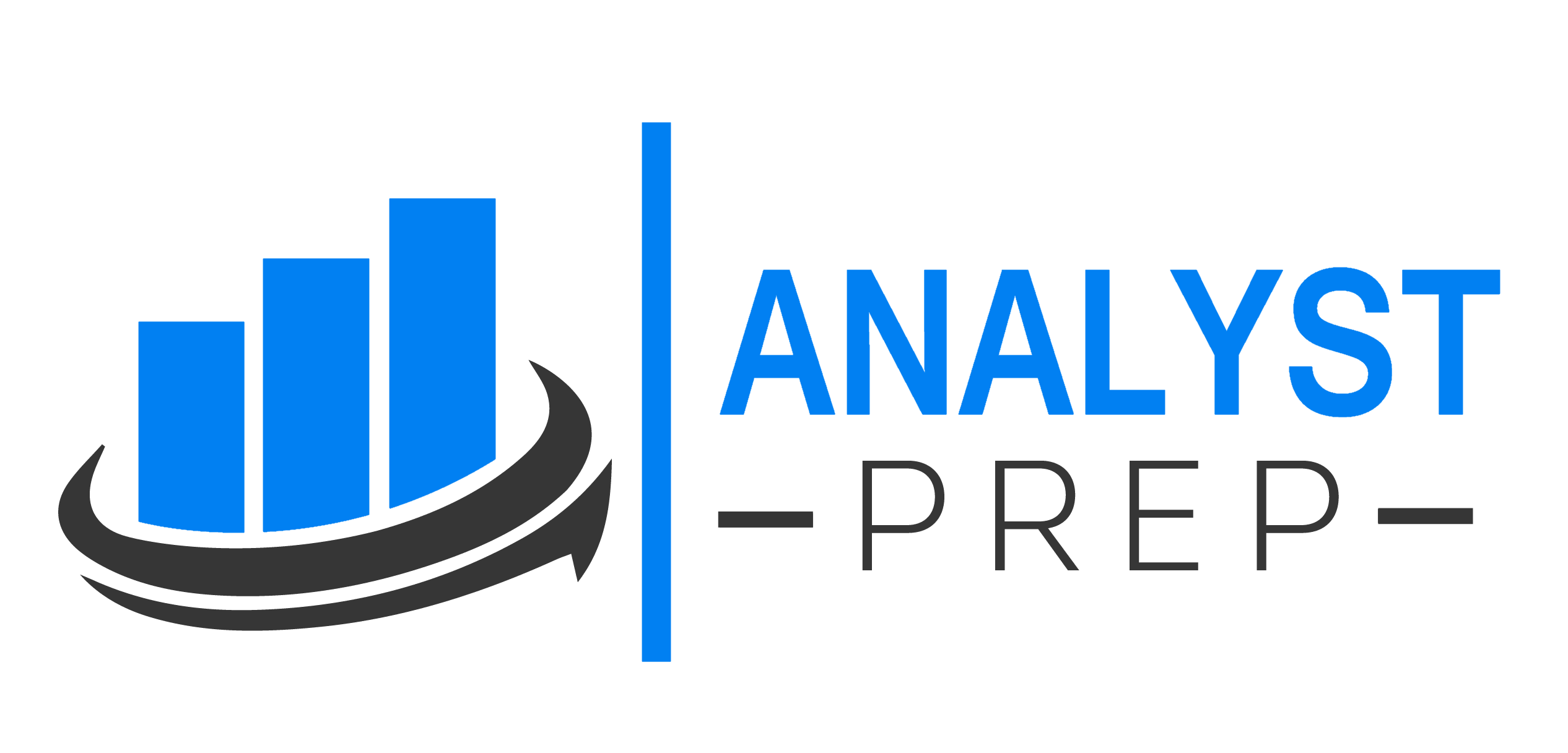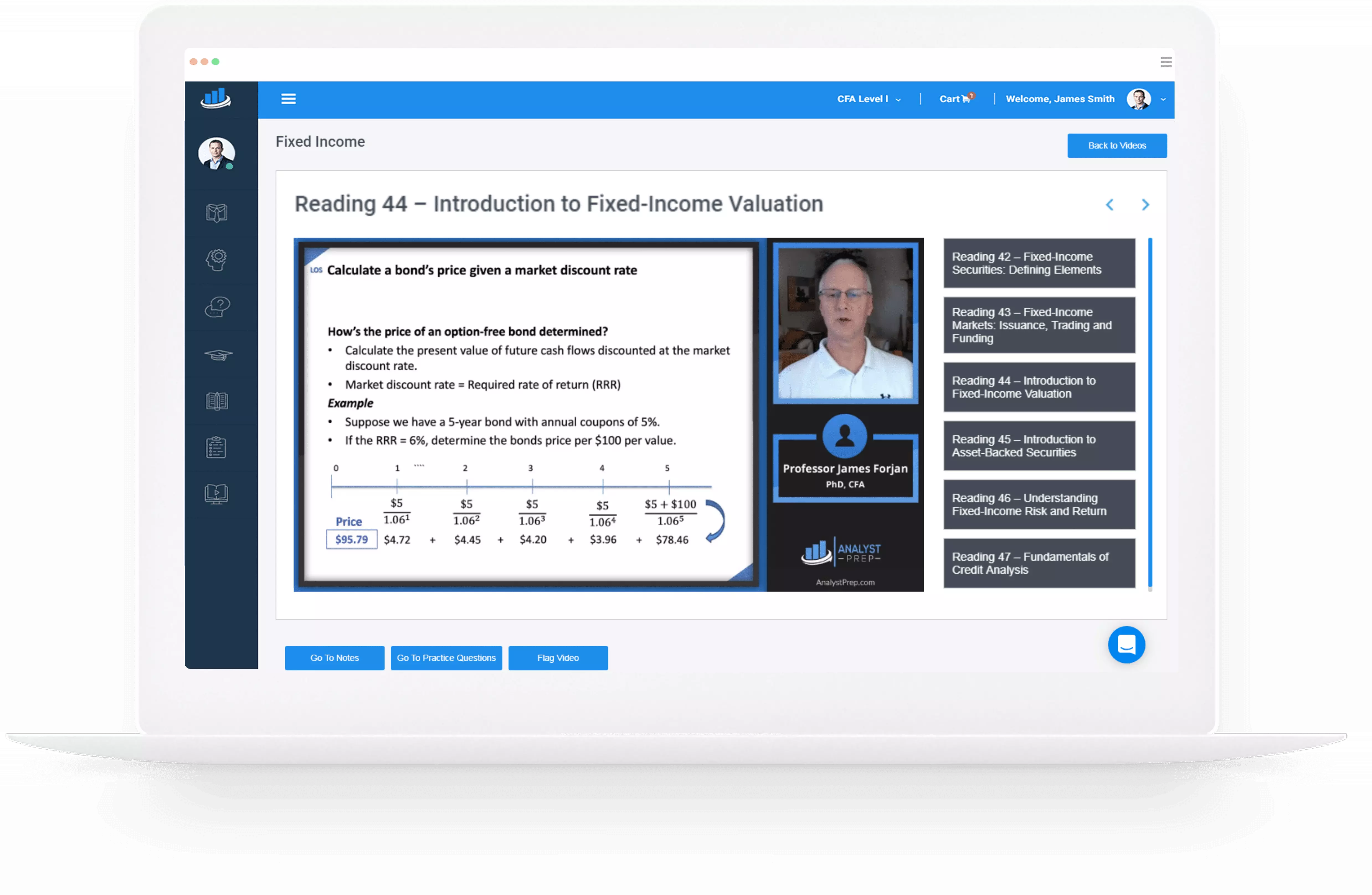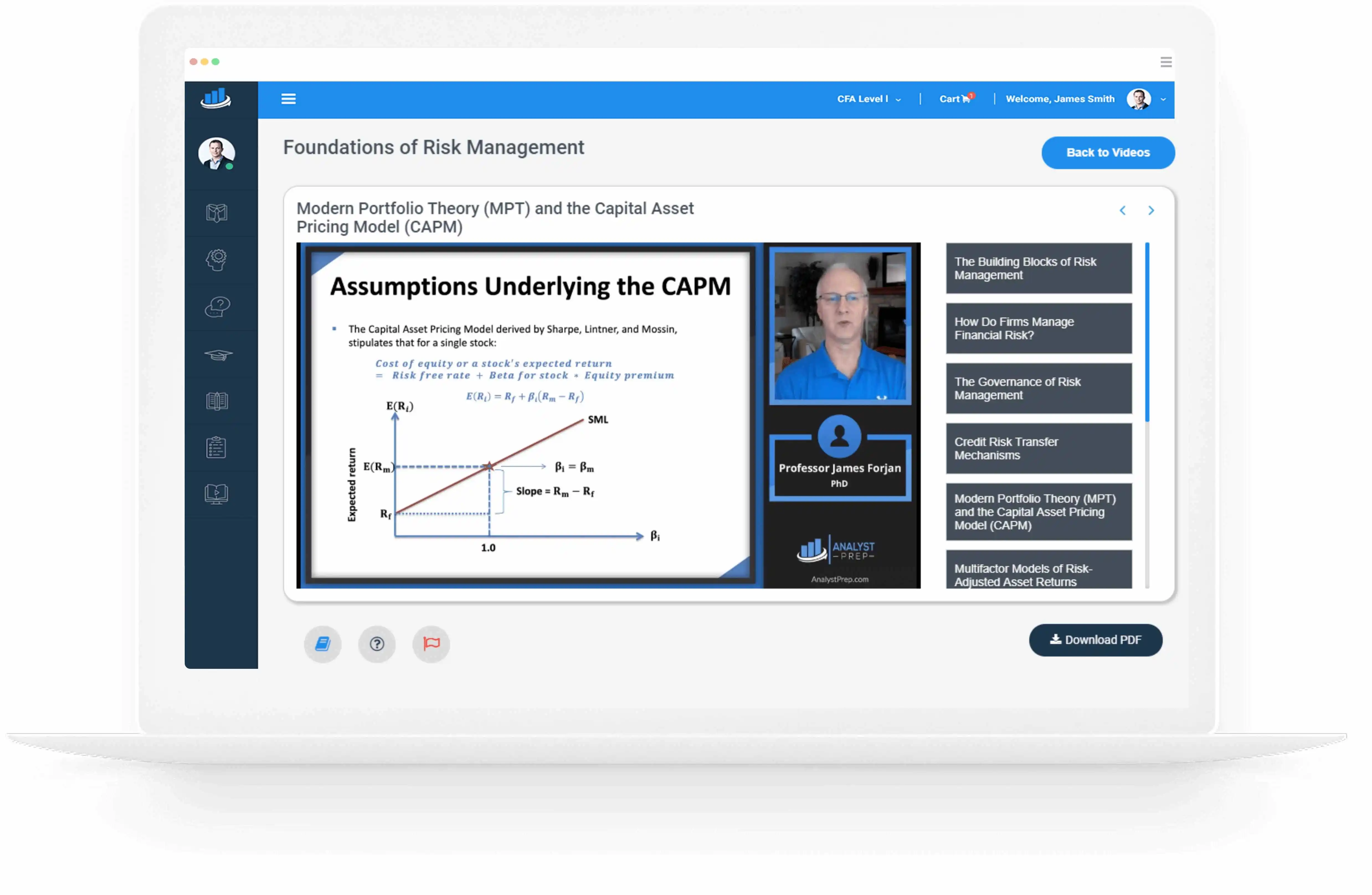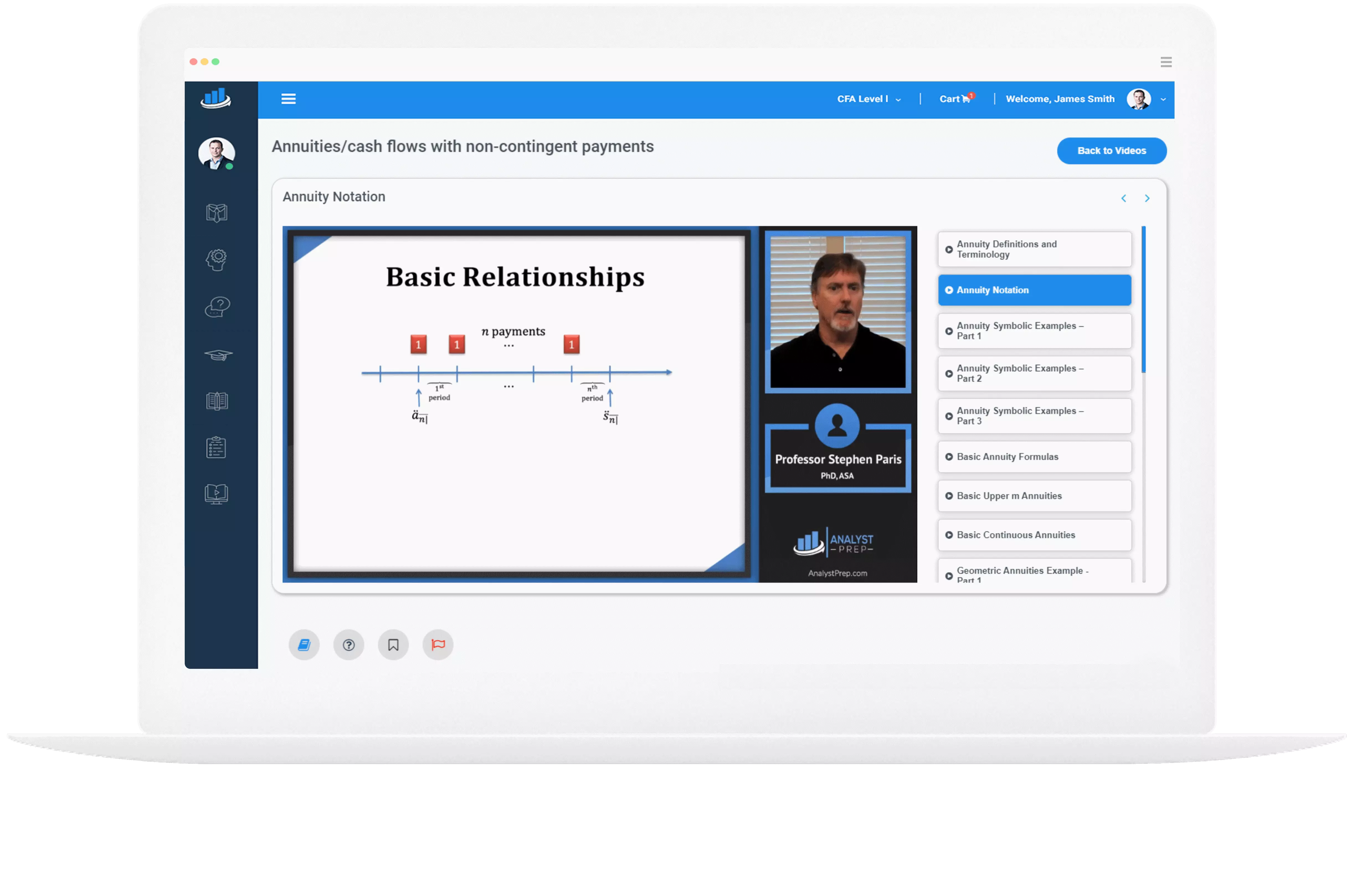Factors Affecting Capital Structure
[vsw id=”ZLrxAugcvo8″ source=”youtube” width=”611″ height=”344″ autoplay=”no”] Both internal and external forces influence a corporation’s capital structure, and it varies among countries and sectors. These factors include: $$ \begin{array}{l|l} \textbf { Internal Factors } & \textbf { External Factors } \\…
Effect of Taxes on Cost of Capital
[vsw id=”HkoJ_nedolg” source=”youtube” width=”611″ height=”344″ autoplay=”no”] Taxes significantly impact the weighted average cost of capital (WACC) of a company. However, taxes affect the cost of capital from different sources of capital in different ways. The Effect of Taxes on Debt…
Calculating Cost of Equity Capital
[vsw id=”HkoJ_nedolg” source=”youtube” width=”611″ height=”344″ autoplay=”no”] A company can increase its common equity either by reinvesting its earnings or issuing new stock. The cost of equity will, therefore, be the rate of return that its shareholders require. Three methods are…
Calculation and Interpretation of Weighted Average Cost of Capital (WACC)
[vsw id=”HkoJ_nedolg” source=”youtube” width=”611″ height=”344″ autoplay=”no”] The concept of cost of capital informs the investment decisions that a company’s management makes. Similarly, it is useful in the valuation of a company by investors and analysts. A company that invests in…
Peer Comparison of Company’s Liquidity
[vsw id=”qwQXR6SdLvA” source=”youtube” width=”611″ height=”344″ autoplay=”no”] A company’s liquidity determines its creditworthiness and capacity to borrow at cheaper rates and with better credit conditions, increasing its flexibility. The less liquid it is, the more likely a corporation is to go…
Real Options Relevant to Capital Investment (2023)
[vsw id=”mpz9JHQoarw” source=”youtube” width=”611″ height=”344″ autoplay=”no”] Options are financial derivatives that give buyers the right, but not the obligation, to buy or sell an underlying asset at an agreed-upon price and date. In the same vein, real options are capital…
Sources of Liquidity and Liquidity Position
[vsw id=”qwQXR6SdLvA” source=”youtube” width=”611″ height=”344″ autoplay=”no”] The degree to which a corporation can satisfy its short-term obligations using cash flows and assets that it can quickly convert into cash is referred to as liquidity. In this context, liquidity refers to…
Relationship between Working Capital, Liquidity, and Short-term Funding Needs
[vsw id=”qwQXR6SdLvA” source=”youtube” width=”611″ height=”344″ autoplay=”no”] Successful businesses aim to strike a balance between funds set aside for current assets and the risk of current asset shortages. Each company has different needs for working capital. Retail enterprises, for example, focus…
Breakeven Quantity of Sales and Net Income
“Breakeven point” or “breakeven quantity of sales” refers to the number of units of a company’s product that is produced and sold, at which point the company’s net income becomes zero. Computing Breakeven Quantity of Sales At the point…
Financing Working Capital
[vsw id=”qwQXR6SdLvA” source=”youtube” width=”611″ height=”344″ autoplay=”no”] Current assets less current liabilities equals working capital. $$\text{Working capital = Current assets – Current liabilities}$$ A company’s short-term assets and obligations are managed through working capital management. Its objective is to prevent excess…




